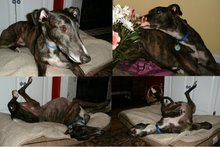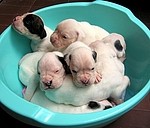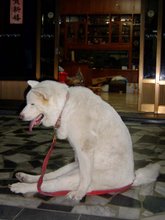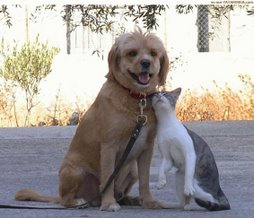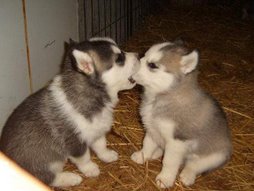Digging - how to stop Part II
Aside from giving your dog sufficient exercise and interestingthings to do in the yard, make sure your dog is on a high-quality premium hard kibble. Stay away from foods that are often loaded with hidden sugars, chemicals and preservatives (hidden sugars in the form of beet pulp, sucrose, fructose, etc., can exacerbate the dog’s energy levels and lead to digging), such as semi-moist dog foods.
If your dog considers the backyard (or wherever he digs) to be a place of banishment, it is more likely digging will occur there. I am suggesting that your dog should think of the backyard as more than just a place of banishment.
Are you like millions of people who put your dog out in the backyard every day you go to work? Many dogs will feel a certain level of anxiety if the backyard is the place where they’re always left alone. For many owners, this can’t be helped. It is important that you give your dog other, more positive experiences in the yard, as well.
For example, play with the dog in the backyard regularly. You can also feed the dog in the backyard and obedience train your dog in the backyard. Help the dog to associate positive things with the yard and you will be eliminating one of the major causes of digging.
